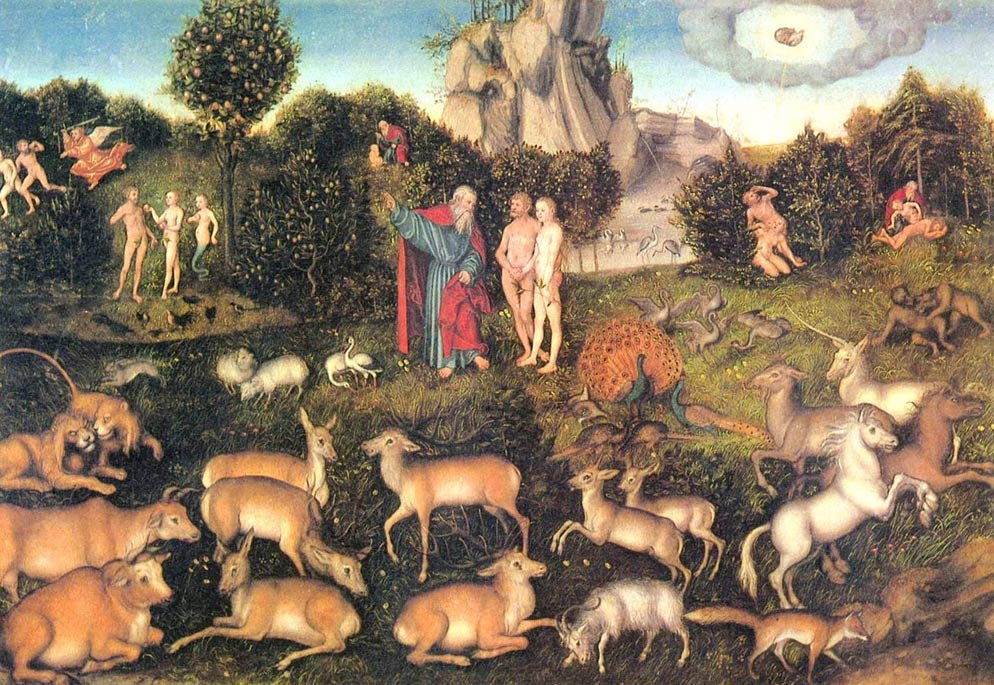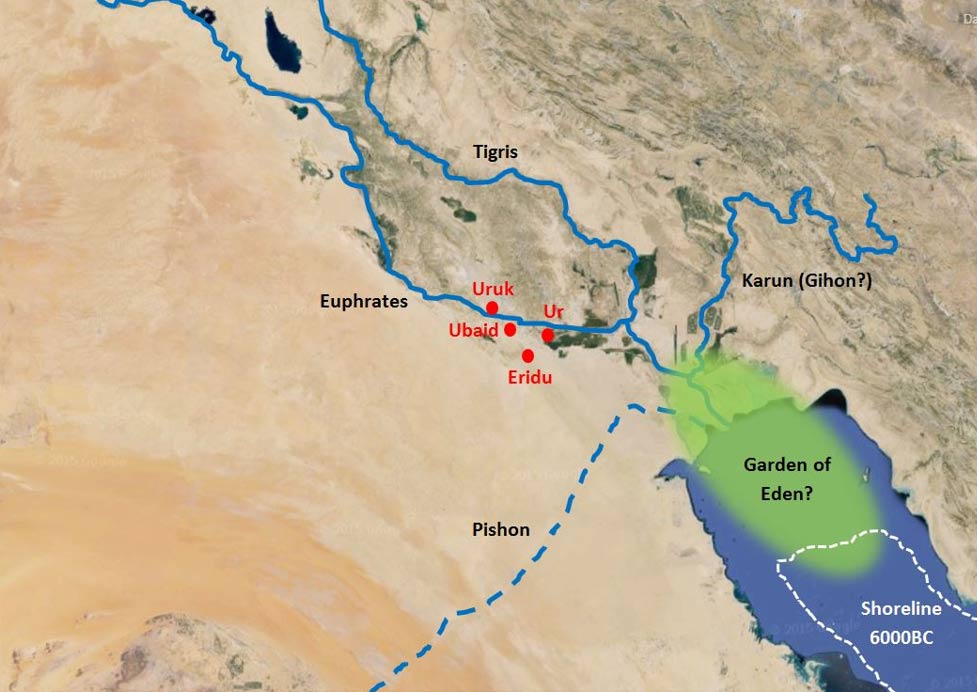
Was the Garden of Eden a Real Place?
Mention the Garden of Eden to a group of friends and you are likely to get as many suggestions on its true location as people you ask, plus a fair number who will deny that it was ever a real place at all. Places that have been claimed as the true whereabouts of mankind’s original home include numerous sites in Iraq and around the Persian Gulf, Bahrain, Iran, Anatolia, Armenia, Turkey, Jerusalem, east Africa – and even the Isle of Lewis, Scotland, and Jackson County, Missouri. And those are just the better known claims; there are literally hundreds.
Will we ever know for sure where it was, or even if it really existed? Given that most of the clues to the garden’s location come from ancient texts, will we ever find any new evidence to its whereabouts? As it turns out, remote sensing, archaeological and DNA studies have provided some compelling hints to its true location in recent years, and future work might well prove it once and for all.
The Original Legend
The Garden of Eden features in the creation stories of the Jewish, Christian and Muslim religions, being the place where Adam, the first man, and Eve, the first woman, were placed by God to live after their creation. The Book of Genesis, written around 500 BC, contains our main clues about its geographical location through a description of the rivers flowing through it and its proximity to a gold-mining area. Genesis 2:3 says: ‘Now a river flowed out of Eden to water the garden; from there it was separated into four headwaters. The name of the first is Pishon; it flows from the land of Havilah, where there is gold.[...] The name of the second river is Gihon; it flows around the whole land of Cush. The name of the third river is Tigris; it flows east of Assyria and the fourth river is the Euphrates.’
The Tigris and Euphrates are well known, they flow from Turkey through Iraq and into the Persian Gulf. But the Pishon and Gihon do not exist today – however science has given us a strong clue where the Pishon once was. In 1994 Dr Farouk El-Baz, Director of the Center for Remote Sensing at Boston University and a pioneering figure in remote sensing, used ground-penetrating radar images from the Space Shuttle to locate and trace the bed of an ancient river that flowed for about 600 miles (965 kilometers) through Saudi Arabia, ending in Kuwait where it became a broad watercourse three miles (almost five kilometers) wide.
This ‘Kuwait River’ as El Baz named it, also known as Wadi Al-Batin, is believed to have been flowing until around 2500-3000 BC and has its origins in Medina province in western Saudi Arabia in an area called Mahd adh Dhahab, also known as the Cradle of Gold, which has been the main gold-mining area in the Arabian Peninsula since at least 3000 BC. This lost river therefore appears to match well the biblical description of the river Pishon ‘flowing from the land of Havilah’, suggesting a probable northern Gulf location for the Garden of Eden, perhaps offshore modern Kuwait. The Gihon River however has not been unambiguously identified, but a strong contender is the Karun River which flows out of Iran to join the Pishon, Euphrates and Tigris just north of the Gulf.
When did all this happen? Two events help tie it down. The Pishon dried out around 4,500 years ago, so it must have been before then. Perhaps more importantly we know the northern Persian Gulf was largely a dry valley until around 10,000 to 8,000 years ago, so if the Garden existed beneath the present northern Gulf as we will see later it most probably did, then it must have been prior to this date.

Geographical location of rivers mentioned in Genesis as flowing into the Garden of Eden, and the Garden's inferred location. Also shown are the earliest cities and the shoreline of the Persian Gulf as they existed at the time, around 8,000 years ago. Satellite image: Google Earth
- Are the Reclusive Shihuh People of Musandam the Original Arabians?
- Is there truth to the Bedouin Legend of the Great River in the Desert?
The Cultural Background
So what do we know of the people who lived in the region of southern Iraq and northern Gulf at this time?




